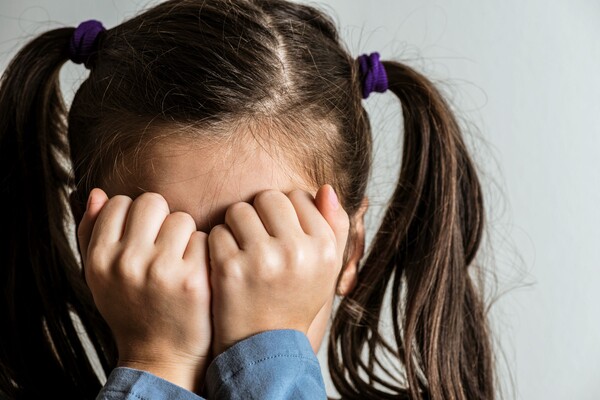
Rheumatoid arthritis is common in adults, affecting an estimated 1 percent of the population, and especially so among women in their 30s. Can children get rheumatoid arthritis, then? The answer is yes. Although it's not common, children can develop rheumatoid arthritis.
"Juvenile rheumatoid arthritis is a type of rheumatoid arthritis that occurs in children under 15 and causes joint damage and pain that lasts for more than six weeks," said Dr. Kim Kwang-nam, a professor of pediatrics at Myongji Hospital, on the YouTube channel “Angel Spoon TV,” aired by the Korean Organization for Rare Diseases.
It's a common misconception that children don't have rheumatoid arthritis, according to Dr. Kim.
Children can develop rheumatoid arthritis; if left untreated, the inflammation can lead to "joint contractures," the hardening of the joints, just like in adults. Inflammation of the joints can also lead to short stature, he said.
There are no clear criteria for diagnosing juvenile rheumatoid arthritis, which falls under the category of rare diseases. However, the disease is classified as "polyarthritis" if it involves five or more joints, "juvenile rheumatoid arthritis" if it involves four or fewer joints, and "systemic juvenile arthritis" if it presents with a generalized fever.
Of the three categories of juvenile rheumatoid arthritis, there is one type that only affects children and not adults -- systemic juvenile rheumatoid arthritis. "Systemic type presents like sepsis with fever. You know it when you have a fever and sepsis," Professor Kim said.
Systemic juvenile rheumatoid arthritis has a distinctive fever pattern. "It's characteristically feverish twice a day," Kim explained, “And it goes down quickly even without medication. It's called intermittent fever, a very characteristic fever pattern."
According to Kim, there is a very dangerous sign of systemic rheumatoid arthritis. It's called macrophage activation syndrome, caused by the over-activation of macrophages. It can be fatal.
"The fever never goes down and just keeps going. So, at this time, you need to do a bone marrow test to see how much macrophages are activated in the body,” Professor Kim said. "If patients don't treat macrophages when they are increased, they will die. In these cases, we need to treat them intensively."
Besides, the systemic form of juvenile rheumatoid arthritis must be detected and treated early because it causes inflammation throughout the body, resulting in an enlarged liver, enlarged lymph nodes, and a rash on the body.

There are also cases of blindness due to juvenile RA. This is because rheumatoid arthritis can also affect the eyes.
"Uveitis occurs in 13 to 14 percent of patients with juvenile rheumatoid arthritis," Kim said. "The eye is like the aperture of a camera lens, tightening in the sun and widening in the dark. However, as the inflammation continues for one to two years, the aperture becomes fibrotic and hardened due to inflammation and cannot be stretched. Uveitis can also cause band keratopathy (calcified keratopathy). So, when it gets in the eye, the band has to be scraped off again, and some children go blind because it keeps coming back."
There is a type of juvenile rheumatoid arthritis that carries a higher risk of blindness. This is the "minority type" of juvenile rheumatoid arthritis.
"In the minority type, uveitis is much more common at 24 percent," Professor Kim said. "People don't go to the eye doctor because their eyes don't hurt and are not red, but children with juvenile rheumatoid arthritis should see an eye doctor regularly during summer and winter vacations."
Like rheumatoid arthritis in adults, juvenile rheumatoid arthritis is an autoimmune disease that other autoimmune conditions, including systemic lupus erythematosus or thyroid disease, can accompany. That's why lupus and thyroid tests are often done together when juvenile rheumatoid arthritis is suspected because the joints are warm, with pain and swelling.
"There is no medication to prevent other autoimmune diseases," Kim said, "So if there is inflammation, we treat it. Blood tests determine the source of this inflammation."
Kim added that patients should be regularly screened for other autoimmune diseases.
There's a reason why the diagnosis of juvenile rheumatoid arthritis is limited to joint damage and pain lasting more than six weeks. This is because viruses can enter the joints and cause inflammation, and sometimes, after a cold, a virus can take advantage of the body's immune system and cause joint problems. This type of arthritis is known as “transient arthritis.”
"Most cases of juvenile RA caused by viruses get better within a month," Professor Kim said. "So we defined RA in children as a disease that lasts at least six weeks."

